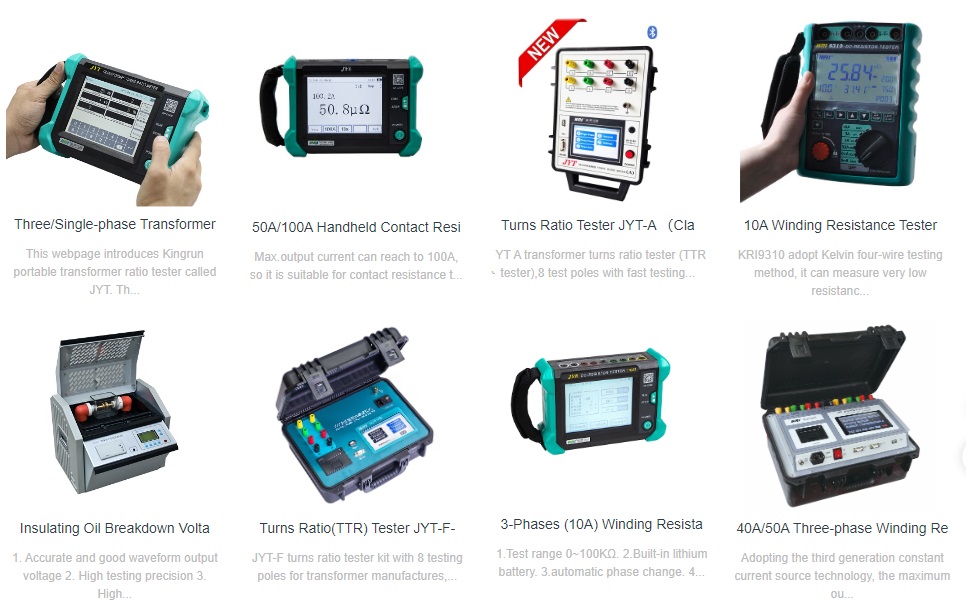Background on Grounding Transformers and Zero-Sequence Impedance
Single-phase-to-ground faults are among the most common faults in power systems. To ensure safe and stable system operation, grounding transformers provide a zero-sequence path to limit fault current and prevent equipment damage and voltage fluctuations. Zero-sequence impedance is a critical parameter that defines the transformer's impedance to zero-sequence current during ground faults, directly impacting fault current magnitude and protection effectiveness.
Role, Measurement, and Working Principle of Zero-Sequence Impedance
The zero-sequence impedance of a grounding transformer effectively limits single-phase-to-ground fault currents, enhancing system stability and ensuring accurate operation of protective relays. The neutral point may be grounded directly or through an impedance to meet various system requirements. The theoretical formula is:
where V0 is the zero-sequence voltage and I0 is the zero-sequence current. In practice, zero-sequence impedance is usually determined by injecting zero-sequence current and measuring the corresponding voltage drop to obtain accurate values.
During a single-phase-to-ground fault, the fault current flows through the earth and returns via the grounding transformer’s neutral point, distributing evenly among the three phases. For a zig-zag grounding transformer, its winding configuration causes opposing currents in the two halves of the same core limb to produce canceling magnetic fluxes. Thus, the fault current does not increase magnetic flux (dϕ/dt=0), avoiding any choking effect and ensuring voltage stability both under normal and fault conditions.
Example:
In a 10 MVA, 35/10 kV substation equipped with a zig-zag grounding transformer, the measured zero-sequence impedance is approximately 0.45Ω, limiting fault currents to within three times the rated current. If the zero-sequence impedance were to drop significantly to 0.2Ω, fault currents would rise sharply, increasing equipment damage risk. Conversely, a too-high zero-sequence impedance (e.g., above 0.7Ω) could reduce protection sensitivity and delay fault detection.
Conclusion and Practical Significance
In summary, zero-sequence impedance is a key parameter for grounding transformer performance and power system safety. Proper design and accurate measurement of zero-sequence impedance help limit fault currents, protect equipment, and improve system stability. Monitoring and controlling zero-sequence impedance enables power systems to respond effectively to single-phase-to-ground faults, ensuring reliable and continuous power supply.
More Transformer Testers from Kingrun

Kingrun Transformer Instrument Co.,Ltd.

